In our “Stories from the Field” series, SageRiver sits down with senior leaders who are transforming their organizations for tomorrow. Our latest conversation is with Mallory Heinzeroth, who leads the Asia Pacific region for Epic. A global leader in healthcare IT, Epic is known for its electronic medical records software and implementations. The company stays at the leading edge of healthcare technology by investing in a creative culture based on collective learning, adventure and fun.
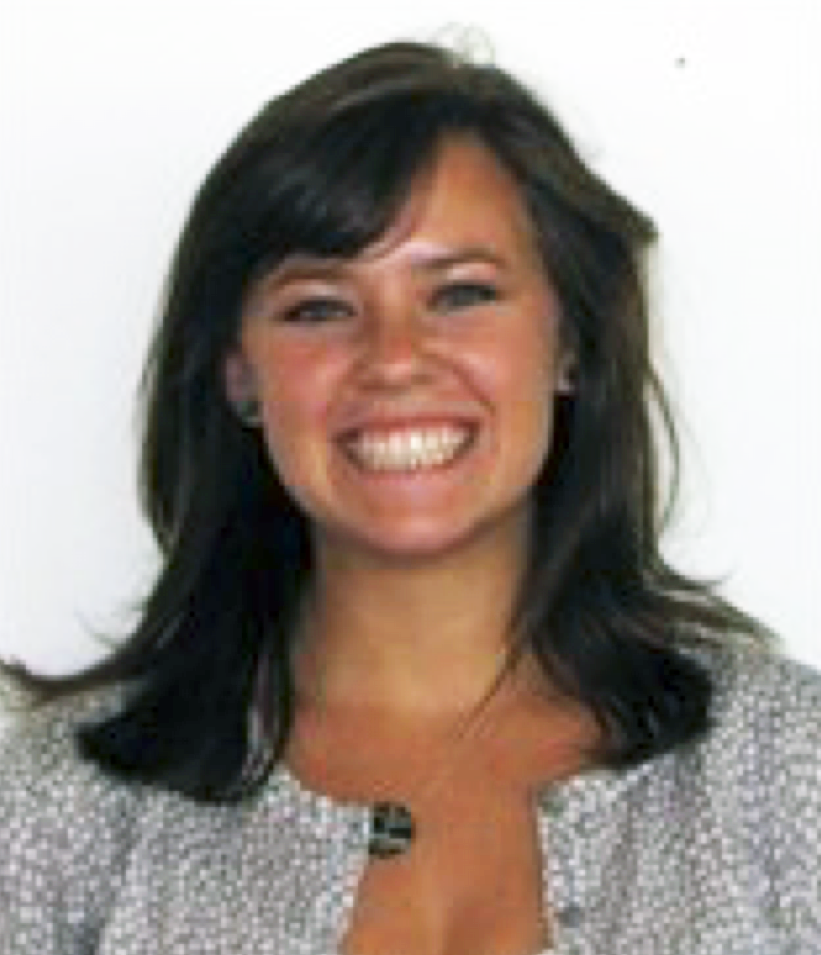 The year was 1979. In a basement in Madison, Wisconsin, an unknown software engineer named Judith Faulkner decided to launch a business. She had a novel idea, but the road ahead was uncertain. Her goal was to develop software that would enable healthcare providers to improve patient care.
The year was 1979. In a basement in Madison, Wisconsin, an unknown software engineer named Judith Faulkner decided to launch a business. She had a novel idea, but the road ahead was uncertain. Her goal was to develop software that would enable healthcare providers to improve patient care.
With 1-1/2 employees and a $70,000 investment, she established a company whose software now benefits 250 million people worldwide. She also helped create the electronic medical records industry, which revolutionized the way doctors and hospitals care for patients.
It’s the stuff of tech legends.
“Our philosophy is very simple: Do Good, Have Fun, Make Money—in that order,” said Mallory Heinzeroth “Our work affects both individuals and our societies at large, so we have a huge responsibility to do the right thing and help shape systems to improve patient care.”
In a Galaxy Far, Far Away
Known for its unique culture, Epic takes a “learners welcome” approach that fosters innovation and continuous improvement. The company doesn’t require employees to have healthcare technology experience and commits to train and develop them throughout their careers. Epic’s growth mindset extends far beyond on-the-job training and tuition reimbursement, however, as even a quick trip to its headquarters shows.
Located in rural Verona, Wisconsin, the Epic campus is a galaxy unto itself. (In fact, Epic refers to it as the “Intergalactic Headquarters.”) Whimsical artwork dots the landscape, and a treehouse often serves as a meeting spot.
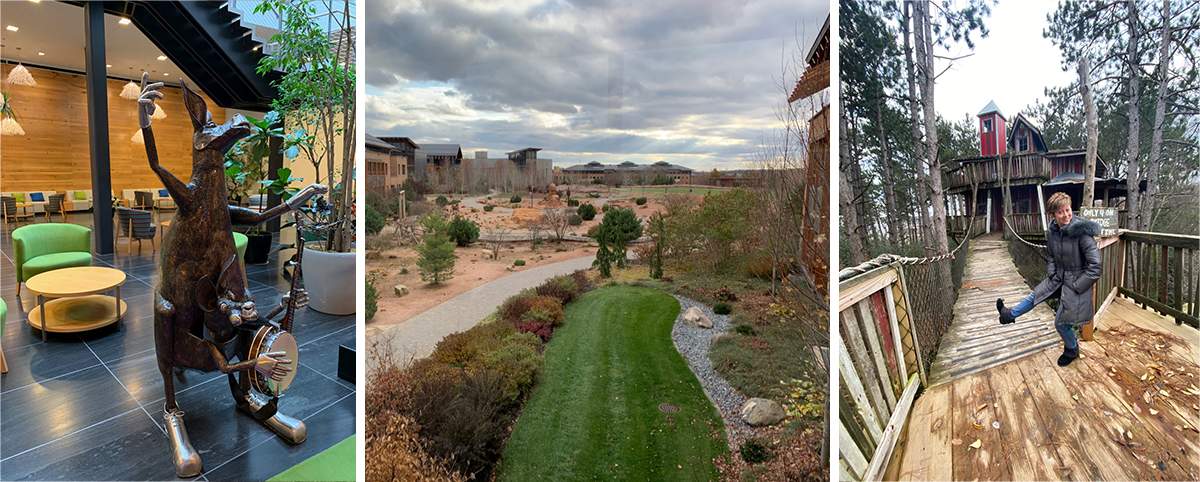
All photos courtesy of Mallory Heinzeroth
Ad hoc employee groups—known as “Motley Crews”—can be seen playing board games, competing in sports or exploring other shared interests after work. Participation is voluntary and employee-led, but it’s all part of Epic’s commitment to fostering an engaging workplace.
“We’ve done a lot of research about what it means to have an enriching, productive environment that inspires people,” Heinzeroth said. “We allow space for people to be creative, have fun and try something new.”
To that end, Epic organizes a “Shark Day” to give employees the opportunity to learn together about topics outside their work. The company also enlists speakers and professors from the University of Wisconsin – Madison to lead classes and workshops. Epic employees teach seminars as well.
The activities build camaraderie and create an expectation of continual growth, Heinzeroth said.
“There’s always a new learning adventure, so it feels like something people do every day rather than something that is a set requirement. That’s an aspect of our culture that is unique in the business world.”
Iliads, Odysseys, Sabbaticals
The fun continues off campus through Epic’s adventure and exploration programs, which support experiential learning inside and outside the United States.
Each year, Epic plans Odysseys to far-flung—and often difficult-to-reach—locations. Any employee can sign up for these opportunities to join colleagues on a vacation, and friends and family members are welcome.
After two years with the company, employees who travel for work can earn an Iliad adventure underwritten by Epic. Employees can choose where they go and how they spend their time. The goal is to give them an opportunity to recharge and have fun.
Employees are also eligible for a paid four-week sabbatical every five years, which they can spend in the place and manner of their choosing. Some enjoy time at home exploring outside interests, while others travel internationally to volunteer or experience different cultures. Epic pays a portion of the costs.
Although these adventures have no direct connection to Epic’s work, employees post pictures online and return to the office with renewed energy and fresh learnings.

Mallory Heinzeroth during a sabbatical in New Zealand.
Fuel for Success
After 40 years, Epic now numbers 10,000 strong. It continues to be an innovation leader and enjoys one of the highest employee retention rates in the industry.
Its learning-and-adventure-fueled culture may be a reason why.
“We invest in not-so-basic benefits because they help broaden the views and perspectives of people who work here, which, in turn, makes us better able to design and implement software for all people especially those who may be different from us,” Heinzeroth said.
The results have driven Epic’s success—and improved the lives of patients worldwide.
To learn more about building learning and adventure into your organizational culture, contact SageRiver at (720) 443-2551.


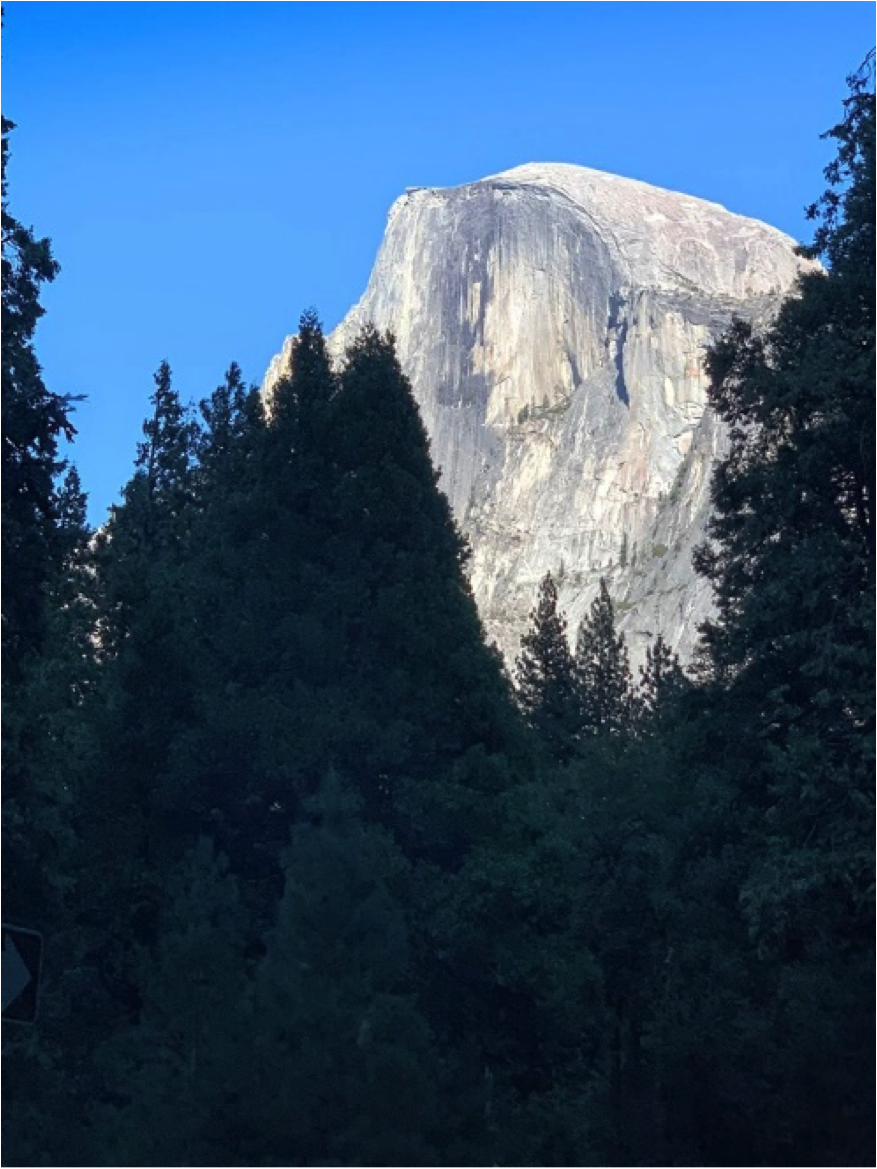 The sheer face of Half Dome loomed over us. We’d arrived at Yosemite Park just a few weeks after a woman fell to her death summiting the peak. Already wary of heights, I wasn’t sure I should attempt the entire climb, but I decided I would go as far as I could, understanding my own limitations.
The sheer face of Half Dome loomed over us. We’d arrived at Yosemite Park just a few weeks after a woman fell to her death summiting the peak. Already wary of heights, I wasn’t sure I should attempt the entire climb, but I decided I would go as far as I could, understanding my own limitations.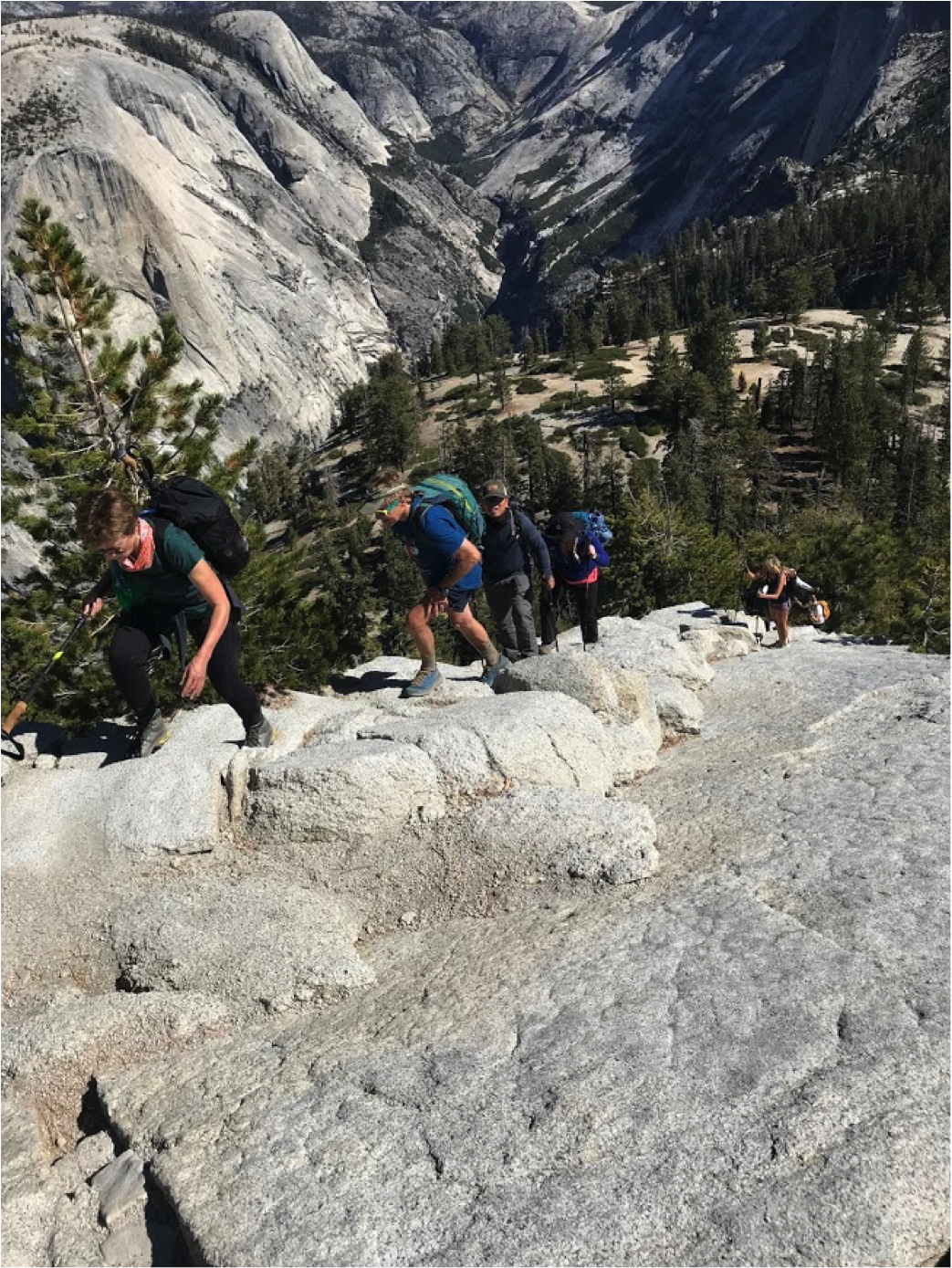 We’d been planning the trip for almost a year, and I’d been inspired by photos taken from Half Dome’s summit. I’d also read about the final 500-foot ascent, which requires climbers to cling to steel cables as they scale the face. Almost 300 people have been injured on Half Dome in the past 15 years, and the National Park Service warns that only experienced hikers should climb it.
We’d been planning the trip for almost a year, and I’d been inspired by photos taken from Half Dome’s summit. I’d also read about the final 500-foot ascent, which requires climbers to cling to steel cables as they scale the face. Almost 300 people have been injured on Half Dome in the past 15 years, and the National Park Service warns that only experienced hikers should climb it.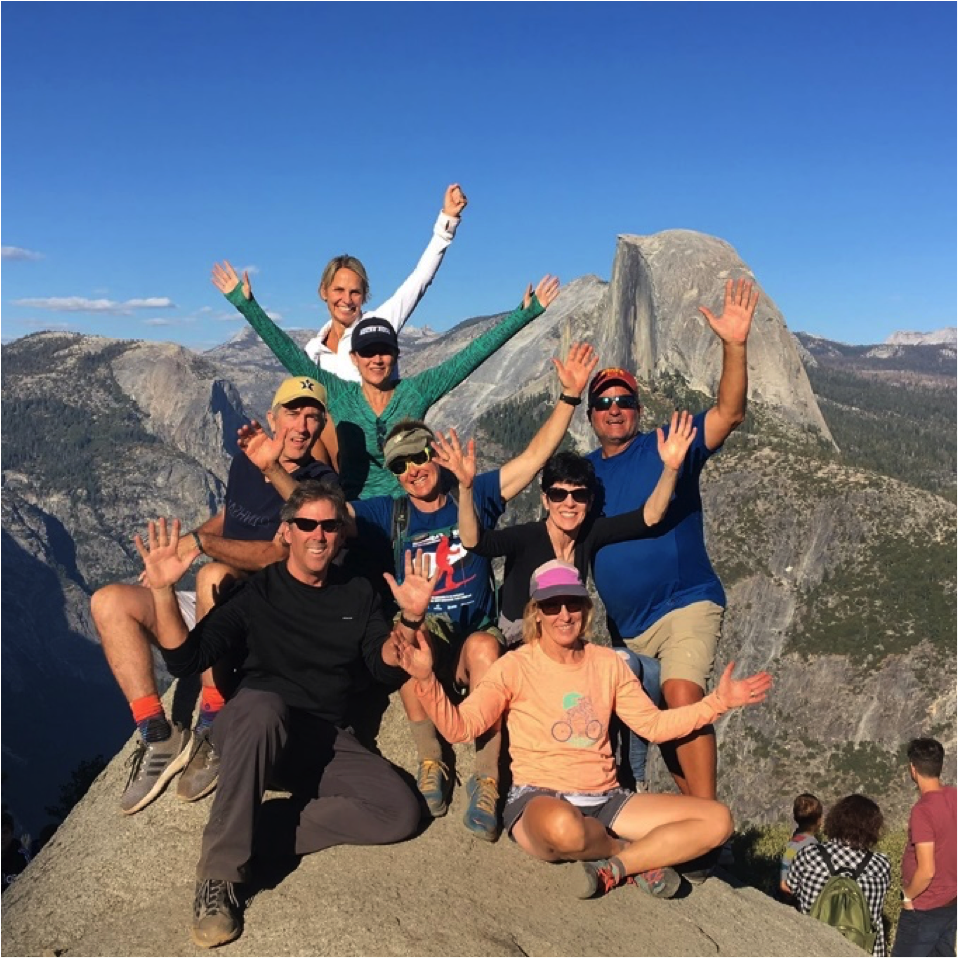 So often, we think of adventures as risky leaps into the unknown. What my trip reminded me was that adventures come in all shapes and sizes, and we can scale them to our needs, resources, skills and conditions. In the end, adventures require equal parts head and heart—what I call “smart courage”—to challenge us without harming us.
So often, we think of adventures as risky leaps into the unknown. What my trip reminded me was that adventures come in all shapes and sizes, and we can scale them to our needs, resources, skills and conditions. In the end, adventures require equal parts head and heart—what I call “smart courage”—to challenge us without harming us. As a team builder and executive coach, I know leaders worry about keeping their workforce motivated. Disengaged employees lower morale and cause productivity to plummet. If the problem persists, it can have serious consequences for the whole organization.
As a team builder and executive coach, I know leaders worry about keeping their workforce motivated. Disengaged employees lower morale and cause productivity to plummet. If the problem persists, it can have serious consequences for the whole organization.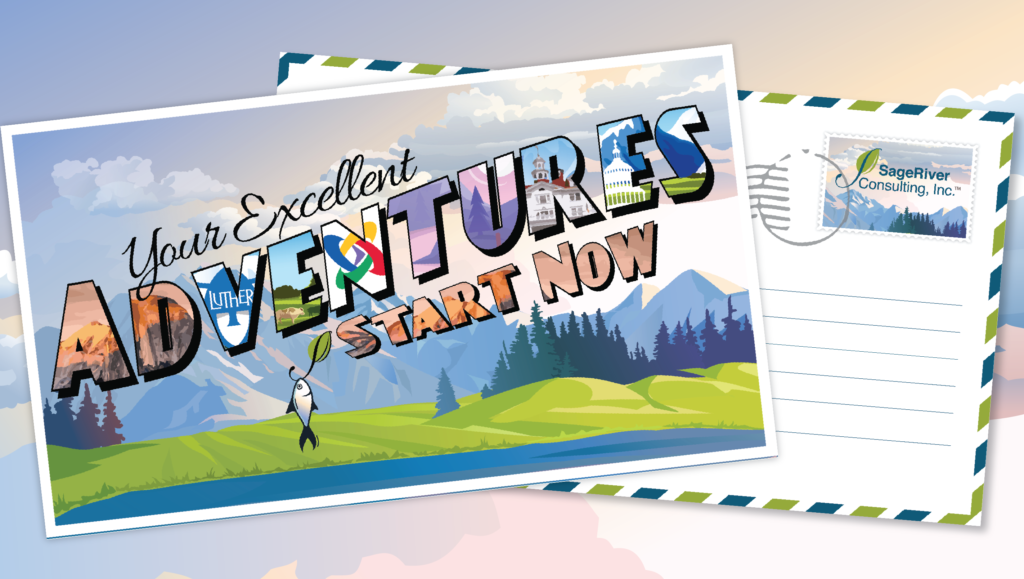 I watch “The Wizard of Oz” now and again. Magical and wise, it always pulls me under its spell. I feel Dorothy’s yearning to fly over the rainbow, and when she opens the door from her black-and-white house to technicolor Oz, wonder ensues.
I watch “The Wizard of Oz” now and again. Magical and wise, it always pulls me under its spell. I feel Dorothy’s yearning to fly over the rainbow, and when she opens the door from her black-and-white house to technicolor Oz, wonder ensues.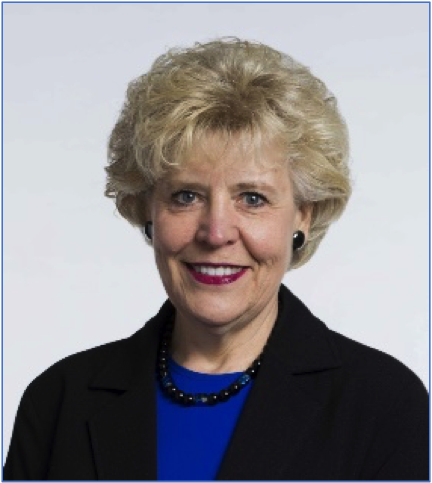 You Say You Want a Revolution
You Say You Want a Revolution
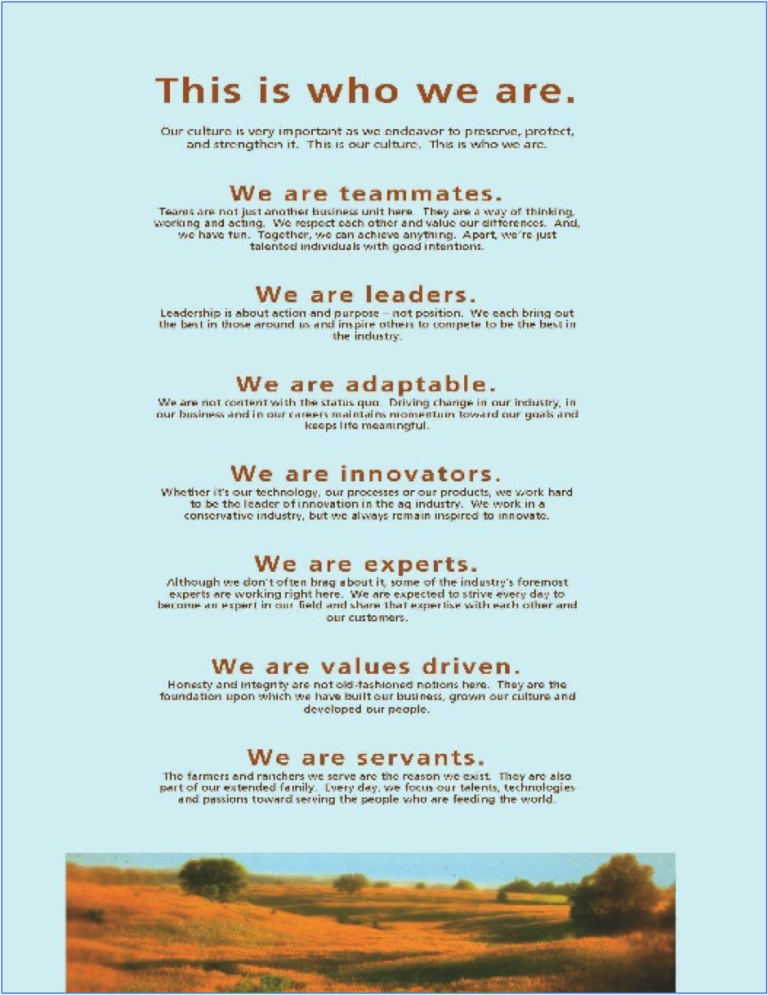 New team members receive what Finkner calls “culture in a box”—literally a box including items that represent aspects of FCSA’s culture. In addition, new hires attend executive-led sessions that explore FCSA values and programs, such as new employee orientation, well-being and leadership development.
New team members receive what Finkner calls “culture in a box”—literally a box including items that represent aspects of FCSA’s culture. In addition, new hires attend executive-led sessions that explore FCSA values and programs, such as new employee orientation, well-being and leadership development. Build a community of mentors, sponsors and coaches to reach your full professional potential
Build a community of mentors, sponsors and coaches to reach your full professional potential The Institute for Career Advancement Needs (ICAN) has been building authentic, whole-life leaders for more than 35 years. SageRiver sat down with Julie Burrell Lillig, director of strategic partnerships at ICAN, to learn about ICAN’s unique philosophy and approach to supporting leaders at each stage of the development journey.
The Institute for Career Advancement Needs (ICAN) has been building authentic, whole-life leaders for more than 35 years. SageRiver sat down with Julie Burrell Lillig, director of strategic partnerships at ICAN, to learn about ICAN’s unique philosophy and approach to supporting leaders at each stage of the development journey.